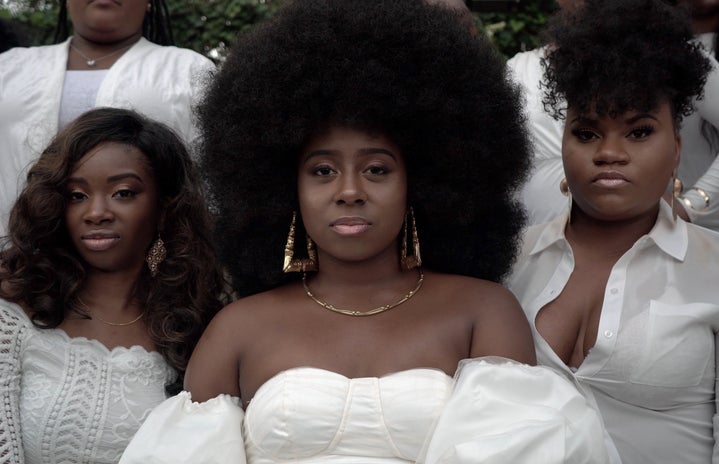In Monique Morris’ book Pushout: The criminalization of Black girls in schools, she garners information from Angela Y. Davis in the beginning chapters, describing the experience of Black enslaved women as, “barbarous mistreatment that could only be inflicted upon women.” Black women have been born into a cultural legacy of slavery. The inflicted pain from that time in the eighteenth century and there after has since carried over through generational trauma and continues to affect Black women today. Not only in the sense of their physiology – which can be correlated with the Adverse Childhood Experiences Study – but addtionally in terms of the environments that they reside within today that are plauged by social and economic parameters of systemic oppression. The origins of these parameters can be traced back throughout Black women’s history of survival. The various damaging stereotypes of Black women that we see today, as example, have been birthed from this time period.
Take Danisha for example, in the first chapter of Morris’ book Danisha introduces herself as being eleven-years-old and describes herself as a “ho”. Danisha effortlessly absorbed the idea of using sex as a means of survival. This type of response can be seen in a multitude of young Black girls. Morris writes that it is a conditioned response that has been molded and formed to fit that of the elitist ideal of an exploitation of minorities. In the case of women, specifically, this explotation involves that of the abuse of women’s sexuality. This is also an effect of the patriarchal values that are ingrained within American society. Whilst men are the consumers in the sex industry they are also those with the most criticisms and negative outlooks upon it – simultaneously repressing yet capitalizing on women’s sexuality.
Whilst the vast majority of women are undermined and dehumanized when working in the sex industry, there are different aspects that make up the Black woman’s experience. Black women’s sexuality has been used as a weapon against them – which can be drawn back to the first films in the early 1900s. One stereotype within film, that Danisha would fit for example, is the Jezebel. Drawn from the roots of white supremacy, the Jezebel is depicted as a young, attractive, sexually desirable woman. They are sometimes portrayed as being of “mixed race heritage”. This suggests to whites a threatening mixture of natural sexuality – or “exoticism” – along with the cunning and ambition to secure the wealth and infatuation of the white male elitists through sexual manipulation. We can also draw from the Lolita Effect in this case specifically, becuase Danisha is so young. The premise of the Lolita Effect is that children are sexual beings, specifically girls. The media portrays girls as being inherently predisposed to grown-up eroticism and sexuality that they then use to seduce older men with. M. Gigi Durham, who coined the term, pushes against these myths and rather encourages ways to challenge the Lolita Effects myths. The Lolita Effects and the Jezebel portrayal illustrate the systemic issues of exploitation that young Black women face. There is a mixture of racism and sexism between the two examples above that only illuminate the intersectional aspects of Black women’s lives.
There is a clear link between this abuse and white supremacy. When viewing the Jezebel portrayal, we can see that this stereotype began during slavery and was used as an excuse by white men when they would brutally use Black women for their own self interests, only to then victimize themselves by saying that Black women were sexual beings that seduced them. Women’s sexuality is more often than not used against them. Whether it be repressed or exploited. In the case of young Black women specifically, it is exploited as a means of continuing systemic oppression through seperate avenues. Black women experience this oppression on a seperate scale due to their intersectionality. The film industry is just one of the institutions that aids in the support and structuralization of Black women’s intersectionally oppressed identity. Institutions such as the media essentially become carriers of the white supremacy message – whether it be blunt or coded within racist and sexist portrayals of Black women.


